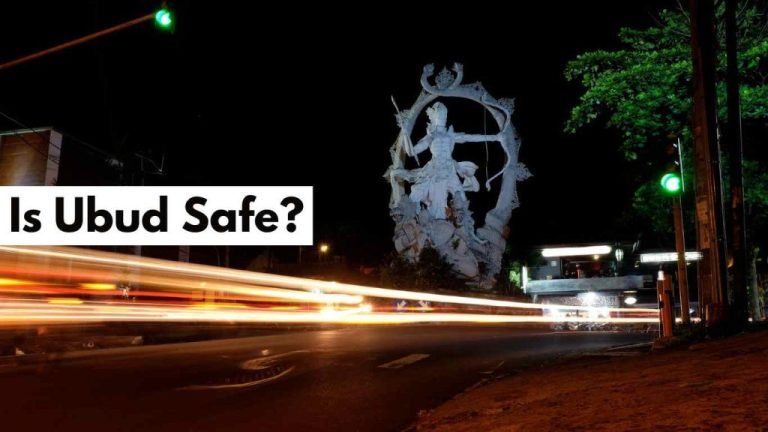Dang Hyang Niratha Restores Faith and Health on Stricken Serangan Island
In an era predating modern records, Dang Hyang Niratha emerged from Java as a priest whose sacred calling led him to Bali. He accepted an invitation from local leaders aiming to strengthen the island’s spiritual framework. His purpose centered on sharing Hindu dharma and guiding communities toward ethical living and ritual observance. He carried few possessions but abundant knowledge, determined to nurture devotion across a land adapting to new religious practices.
His path took him through rice terraces and coastal hamlets, where he spoke at small shrines and open spaces beneath banyan trees. He explained the principles of dharma, offered instruction on daily worship, and advised families on moral conduct. With each gathering, his reputation grew, and villagers came to believe that his presence eased tensions and restored balance. He moved on once his message had taken root, leaving a trail of renewed faith.
On one expedition he reached the area now called Serangan Island. At that time the land remained attached to Bali’s southern coast and suffered under a sense of malaise. Residents endured recurring sickness, and many believed a sinister energy clouded their homes. Dang Hyang Niratha discerned an imbalance that ordinary remedies could not address. He judged that the region required a profound cleansing to eradicate the unseen forces fueling illness and despair among its people.
Choosing a secluded spot near the shore, he began tapas—deep meditation meant to purify and realign spiritual currents. He sat in stillness for days, focusing his thoughts on the divine, and chanted silent petitions for healing. His aim was to isolate the troubled land from harmful influences and render it sanctified. Villagers watched in wonder as his concentration persisted without interruption. According to those who observed, his prayer called upon the elements themselves to reshape the coastline.
An extraordinary shift then took place. The land that linked Serangan to Bali’s main island began to fracture, parting along an invisible seam. Salt water filled the gap, carving out an island boundary where none had existed. As the peninsula drifted free, locals sensed the departure of troubling forces. Reports spread of clear air, cured ailments, and a tranquil atmosphere, all credited to the priest’s unwavering meditation.
Once separated, the island grew into a revered sanctuary. People who had battled fevers, skin afflictions, and constant fatigue found relief. They interpreted this turnaround as a sign of divine favor. Word traveled across Bali that a consecrated ground stood off the southern shore—a place cleansed by a holy act. Pilgrims began to make the journey, drawn by tales of restored health and the island’s growing mystique.
To honor his contribution, temple guardians erected a shrine at the edge of Serangan. They dedicated the structure to Dang Hyang Niratha and vowed to preserve the site’s purity. Offerings of flowers and incense became a daily ritual, and local priests held ceremonies to commemorate the moment when land and spirit were set free. Over time this temple drew communities from every corner of the island.
Today Serangan Island ranks among Bali’s major spiritual centers. It hosts rites tied to lunar cycles, harvest seasons, and ancestral observances. Devotees arrive for blessings, believing the island’s air still carries the holiness imparted centuries ago. Through these customs, the legacy of Dang Hyang Niratha endures and continues to shape the religious life of Bali’s Hindu community.







